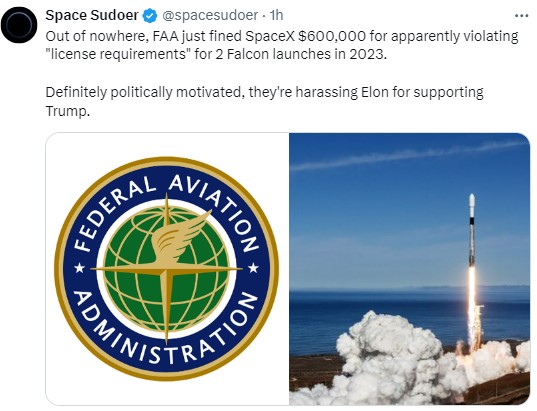
Personnel from SpaceX are joining the Federal Aviation Administration at the agency’s Air Traffic Control Command Centre in Virginia to assist in the redevelopment of its air traffic control systems, following a significant incident involving Washington airspace. This partnership marks a significant step in the ongoing efforts to modernise the US air traffic system and address critical vulnerabilities that were highlighted by the recent air traffic failure.
The failure, which resulted in significant air traffic disruptions, prompted the FAA to seek out external expertise. SpaceX’s involvement is aimed at enhancing the technology and infrastructure used by air traffic controllers. By leveraging SpaceX’s experience with advanced technologies and high-stakes operations, the FAA hopes to mitigate future risks and increase the resilience of its systems. The move comes after an emergency response at the FAA’s command centre exposed weaknesses in its real-time coordination capabilities.
SpaceX’s role will focus on strengthening the software and hardware architecture of the FAA’s traffic control systems. The company, known for its leadership in the aerospace industry and its innovations in rocket and satellite technology, will bring a unique set of skills to the project. SpaceX has been tasked with creating more sophisticated tools to allow air traffic controllers to manage airspace with greater precision, especially as the volume of air traffic continues to rise.
The Washington airspace incident highlighted the urgent need for upgrades to an air traffic control system that had been operating with outdated technology for decades. The FAA’s existing systems, which rely on legacy radar and communication technologies, have faced increasing challenges in adapting to new demands in air travel. The situation escalated in Washington when a glitch in the system caused widespread communication failures between the FAA and several aircraft in the vicinity. As a result, multiple flights were delayed, rerouted, and in some cases, cancelled.
As part of its involvement, SpaceX will assist in implementing advanced algorithms and machine learning models that can process real-time data more efficiently, enabling faster decision-making. By employing SpaceX’s advanced satellite technology, the FAA will also explore the integration of satellite-based navigation tools, which have the potential to vastly improve the accuracy of aircraft positioning and flight path management.
The collaboration has raised questions about the increasing privatisation of air traffic control, as the FAA enlists private sector expertise to resolve longstanding infrastructure issues. Critics argue that the involvement of private companies like SpaceX could shift power away from public entities, potentially raising concerns about accountability and transparency. However, proponents suggest that such partnerships are necessary to bridge the technology gap and keep pace with the rapid evolution of the aviation industry.
The FAA has long been under pressure to modernise its systems, with growing concerns about the capacity of outdated air traffic control equipment to handle the surging number of flights in US airspace. With air travel demand expected to rise significantly in the coming decades, ensuring the efficiency and safety of the national airspace system has become a critical national issue. The introduction of SpaceX’s high-tech solutions is seen as a potential turning point in this ongoing challenge.
The collaboration could also set a precedent for future partnerships between government agencies and private firms in the aviation sector. SpaceX’s track record of cutting-edge technological advancements, especially in the realms of satellite and space-based communications, positions the company as a leader in the drive towards safer and more efficient air travel. By tapping into SpaceX’s capabilities, the FAA is signalling its commitment to leveraging innovation and modern technologies to address the complex issues facing the aviation industry.





